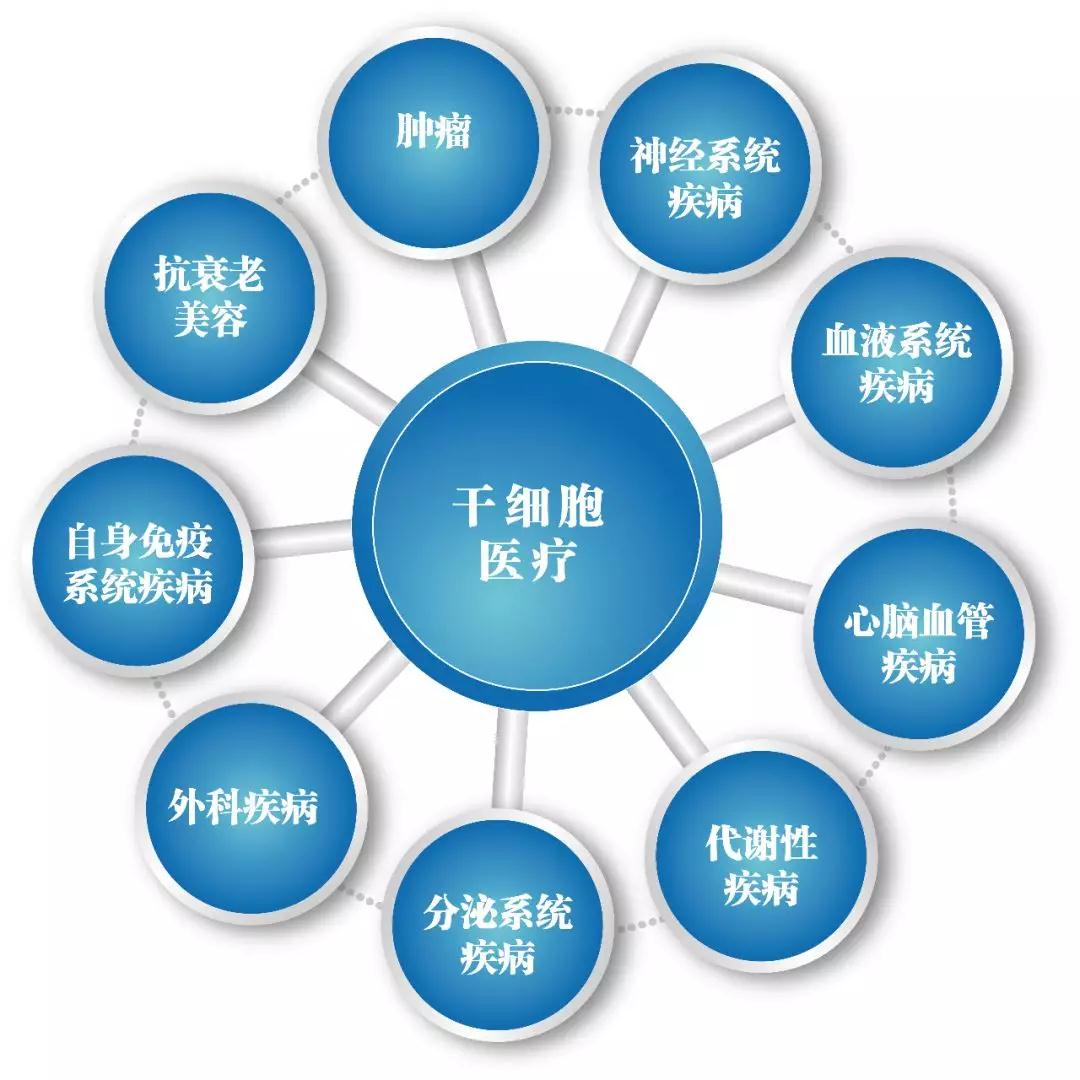
Stem cell therapy illuminates the way for the treatment of many refractory diseases because of its unique regenerative ability and therapeutic potential. From the initial bone marrow transplantation to the treatment of blood diseases, to today's attempts in the treatment of neurodegenerative diseases, cardiovascular diseases, and even some cancers, the tentacles of stem cell therapy have been extended to every corner of medicine. Despite the remarkable progress, this technology is still in the process of continuous development and improvement. How to balance the "potential" and "tumorigenic risk" in stem cell therapy is one of the core challenges in this field.

1. Therapeutic nature.
Stem cells, especially pluripotent stem cells and adult stem cells, have attracted much attention because of their ability to differentiate into various cell types and their potential to repair damaged tissue. Stem cell therapy shows great promise in the treatment of a variety of diseases, such as nervous system diseases (such as spinal cord injury, Parkinson's disease), cardiovascular diseases, autoimmune diseases (such as systemic lupus erythematosus, rheumatoid arthritis), diabetes and some hereditary diseases. By replacing damaged cells, promoting tissue regeneration and secreting growth factors to promote repair or regulate immune response, stem cells can provide a new way to treat diseases that are difficult to cure by traditional methods.
2. Tumorigenicity.
However, the huge treatment potential is accompanied by safety risks that can not be ignored, especially tumorigenicity. The tumorigenicity of stem cells is mainly related to pluripotent stem cells, especially induced pluripotent stem cells (iPSCs) and embryonic stem cells (ESCs). These cells have high proliferation and differentiation potential, improper use or unfully differentiated stem cell transplantation may lead to tumor formation, such as teratoma. In addition, inappropriate differentiation of stem cells may also lead to abnormal cell proliferation, posing a safety risk.
To maximize the benefits and reduce the risk of stem cell therapy, researchers are working on:
1. Fine differentiation control.
Ensure that stem cells can be accurately transformed into the required mature cell types, reducing undifferentiated or abnormally differentiated cells, thereby reducing the risk of tumorigenesis.
2. The application of gene editing technology.
Use CRISPR/Cas9 and other gene editing tools to remove or modify genes that may lead to tumor formation, or enhance differentiation regulatory genes to further improve the safety of cell therapy.
3. Strict screening and identification.
To establish an efficient cell screening and identification system to ensure that the cell population used for treatment is pure and pollution-free, and to eliminate potential tumorigenic cells by biomarker detection. The future of stem cell therapy lies in continuous technological innovation and interdisciplinary cooperation to achieve customized treatment for each patient through personalized programs of precise medicine. With our in-depth understanding of stem cell biology and the continuous progress of control technology, it is expected that the future stem cell therapy will be safer, more effective and widely used in clinical practice. In this stage of two-sided life, balancing therapeutic and tumorigenic, stem cell therapy is expected to bring revolutionary changes to human health and open a new era full of hope.